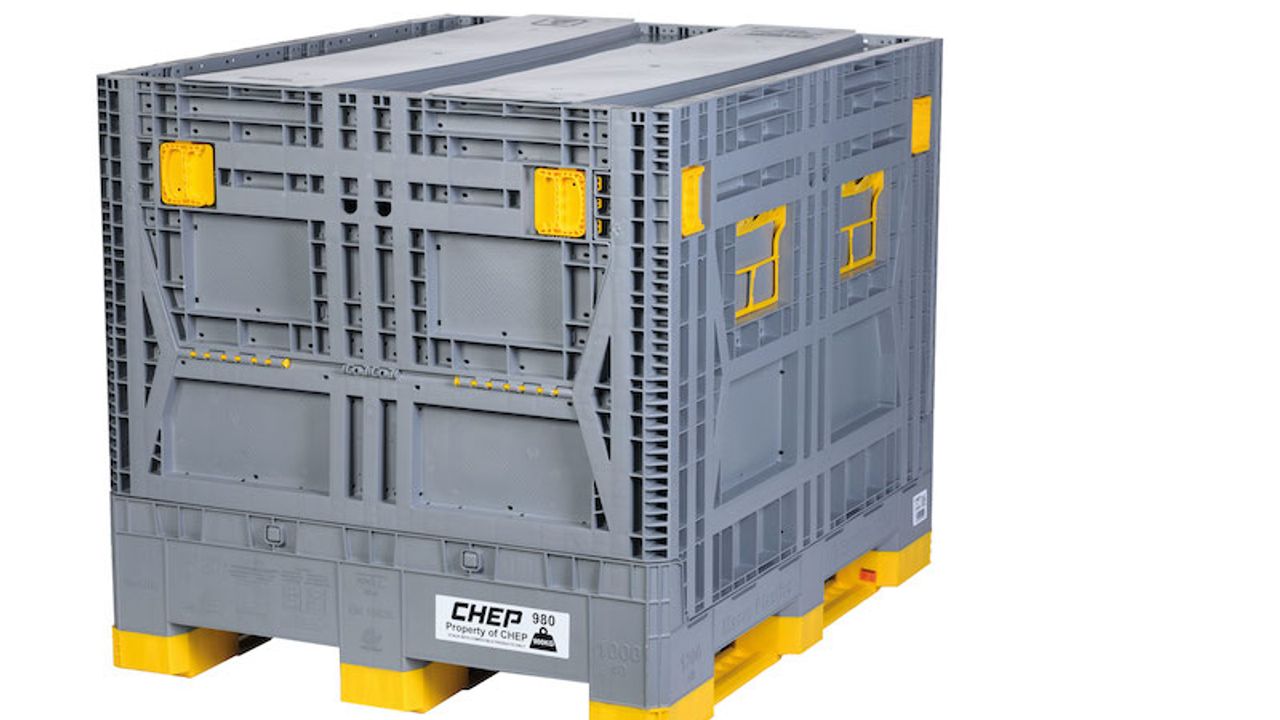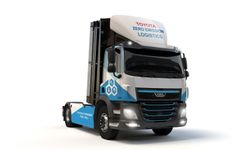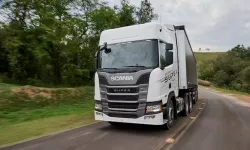Li-Ion battery production is increasing rapidly. So are the risks and uncertainties in the new electric vehicle supply chain. Thinking about solid, safe, and sustainable packaging for electric vehicle parts from the design stage saves suppliers and OEMs significant time and cost. According to the 2021 Electric Vehicle Battery Supply Chain report published in Automotive Logistics, the electric vehicle market is expected to have 20 percent compound annual growth rates in the next 10 years. The increase in the growth rate in the pandemic has paved the way for a large investment in electric vehicle battery production. The report projects global battery production capacity to rise from 475 GWh in 2020 to over 2,850 GWh by 2030.
According to the "Zero Emissions in 2050: Roadmap for the Global Energy Sector" report by the International Energy Agency, electricity in transportation must be increased to meet global emissions targets, while battery production for electric vehicles is projected to increase from 160 GWh per year to 6,600 GWh in 2030.
Battery supply chain brings new financial risks
The industry aims to reduce battery prices to less than $100 per kWh, and it is stated that this will bring the cost of electric vehicles to the same level as internal combustion engine vehicles. This is seen as the key for manufacturers to reach their electric vehicle sales targets. According to Cairn ERA, a research firm that has a voice in energy research, even the most efficient Li-Ion battery manufacturer has a battery cost of $187 per KWh, with the industry average standing at $246 per kWh. On the other hand, electric vehicle giant Tesla pays an average of 142 dollars per kilowatt to battery manufacturers and stands out as the company closest to the internal combustion engine cost. It is predicted that the pressure of original equipment manufacturers (OEM) to reduce their costs will also be reflected on battery manufacturers; Since the new generation battery supply chain is very different from the current automotive supply chain that has developed over more than one generation, it is observed that there are risks and factors that will affect their financial stability.
The biggest problem in electric vehicle batteries is transportation
Depending on these critical factors, the most frequently overlooked issues are; Here comes the packaging used to transport Li-Ion cells, modules, and battery packs. Electric vehicle batteries are highly vulnerable to dangerous leaks, thermal runaways, and loss of quality during shipping. This means that the packaging must be UN certified and meet much higher requirements than standard auto parts. Even cardboard boxes for a full battery pack can cost between $300 and $500, about 7 percent of the total battery cost. However, the one-way cardboard box provides much less protection against many factors during shipping that can affect battery quality. Moisture on sea voyages can weaken cardboard, makes it vulnerable to stacking damage, and requires more handling as it is not suitable for automated production lines. Considering all these risks, the cost of damage or loss of quality from the cardboard box during shipping can have serious effects on profitability.
UN-approved containers make a difference in battery shipping
Transporting cells and modules in standard UN-approved reusable containers provides a much higher packing density, increasing efficiency. Containers that can be stacked three times instead of two, enable more products to be transported in sea containers. These two factors alone help achieve much lower costs and sustainability goals. When considered within the scope of reducing the carbon footprint, cardboard box waste increases the carbon footprint as well as management and recycling costs. On the other hand, when faced with sudden increases in demand, it is a great challenge to ensure the right packaging supply at all times. All these factors explain the need for an electric vehicle battery packaging partner early in the battery design process to increase and maintain profit margins.
Customers always get the right packaging with the quality they need
CHEP offers particular solutions to its customers as a supply chain partner in Li-Ion battery packaging and transportation. It draws attention to reusable solutions that reduce cost, risk, and waste with its global experience and working experience in the automotive industry. CHEP also supplies UN-certified containers that meet the required standards for automotive supply chains, optimize existing risks, and meet all relevant requirements and certifications for the transport of dangerous goods. Containers designed to be shared and reused provide much more protection to Li-Ion batteries. CHEP also takes care of the repair, maintenance, and supply of all pre-use containers. Customers always have the right packaging of the quality they need regardless of changes in demand. The company helps customers fully optimize their packaging solutions to reduce cost and waste. With the Computer-Aided Design software, the optimum package density can be calculated quickly and even customized packages can be designed if necessary. Monitoring solutions are also offered, providing full visibility into the supply chain, providing real-time data and insights on both the status and location of containers. The company collaborates across the industry to help the automotive industry meet the challenges in the battery supply chain. Since 2018, CHEP has been involved in electric battery manufacturing, shipping and also manages the “Battery In Focus” forums, where experts from all fields related to its use and disposal come together.



